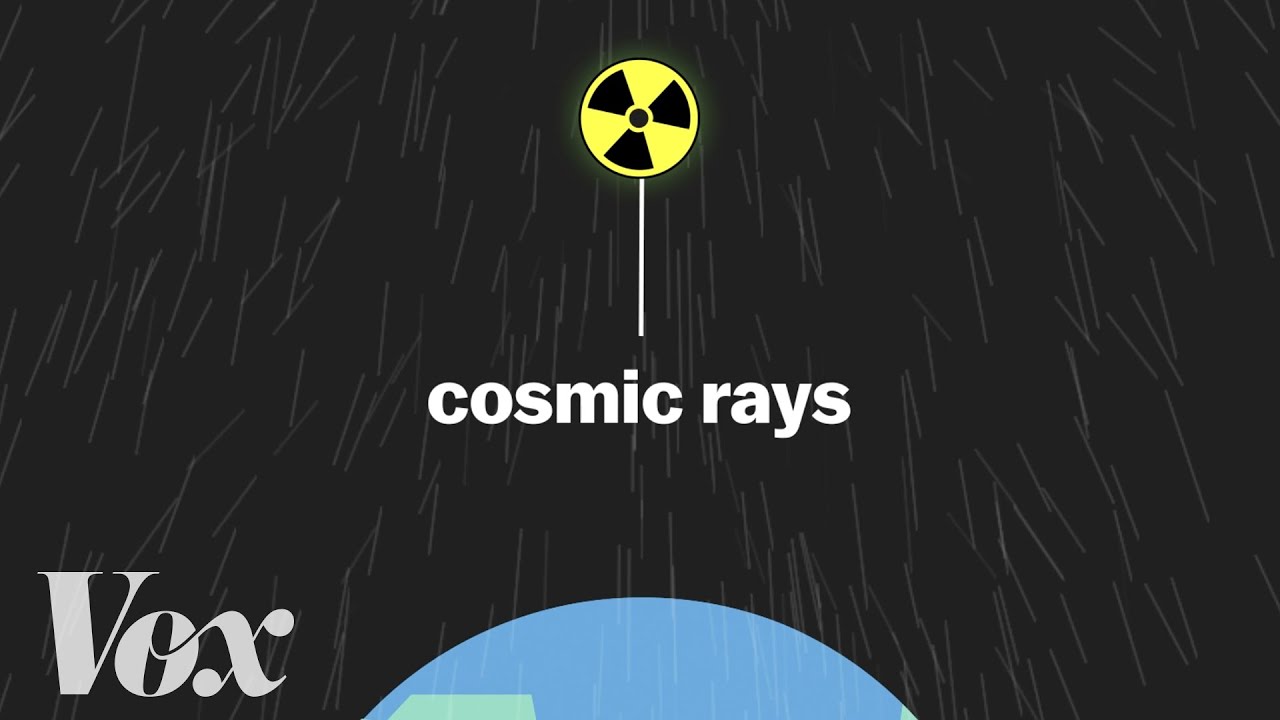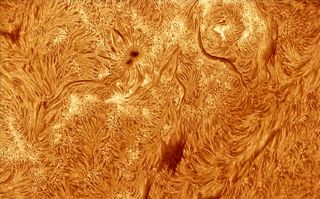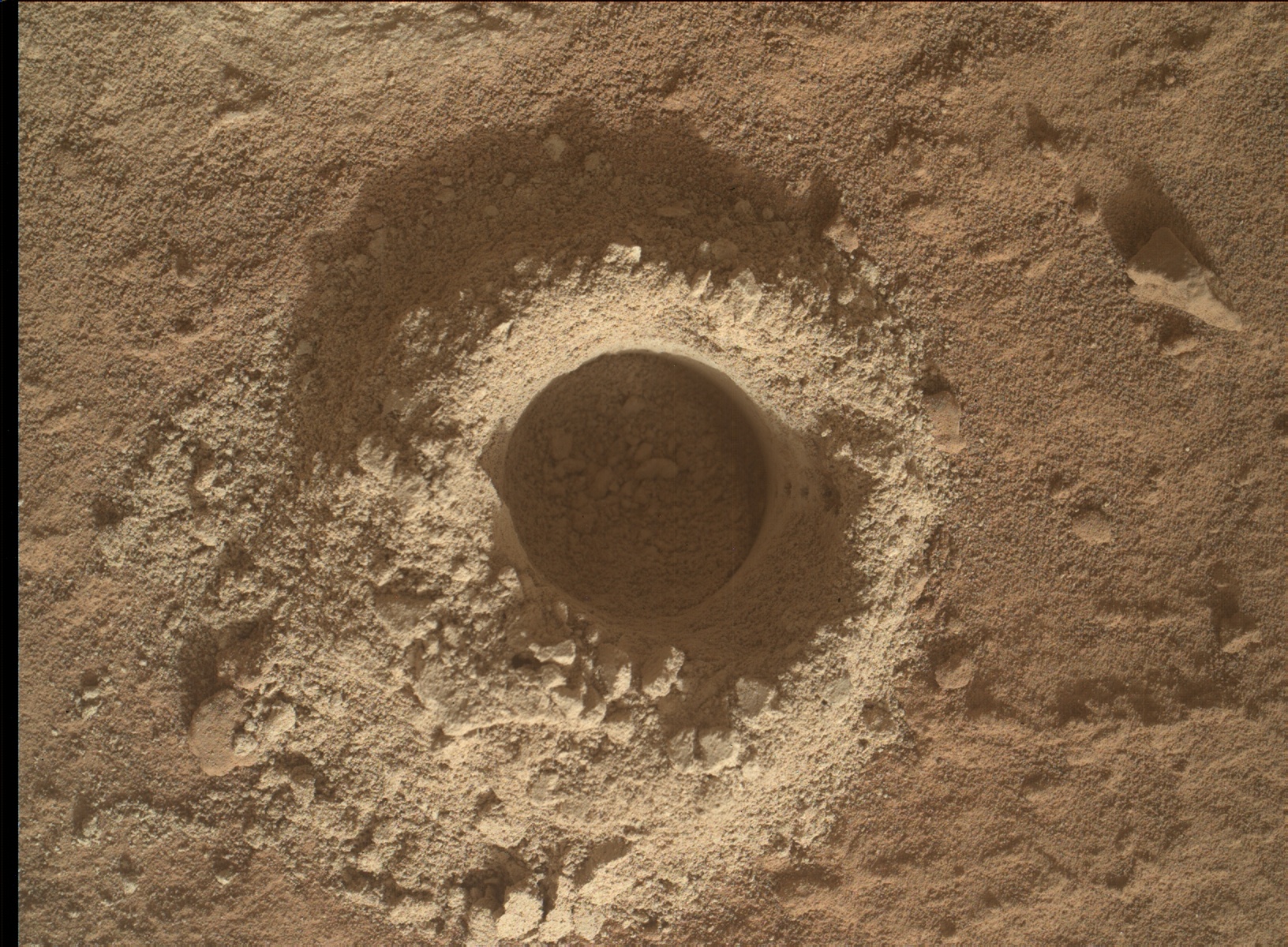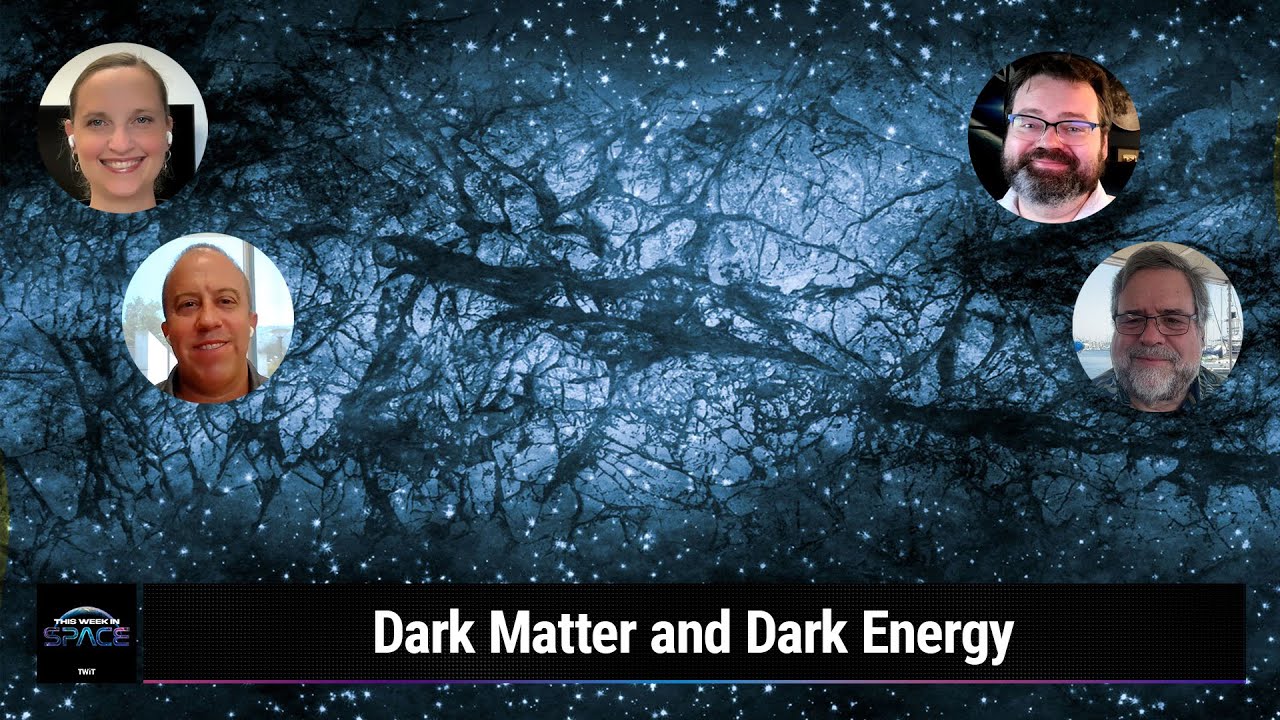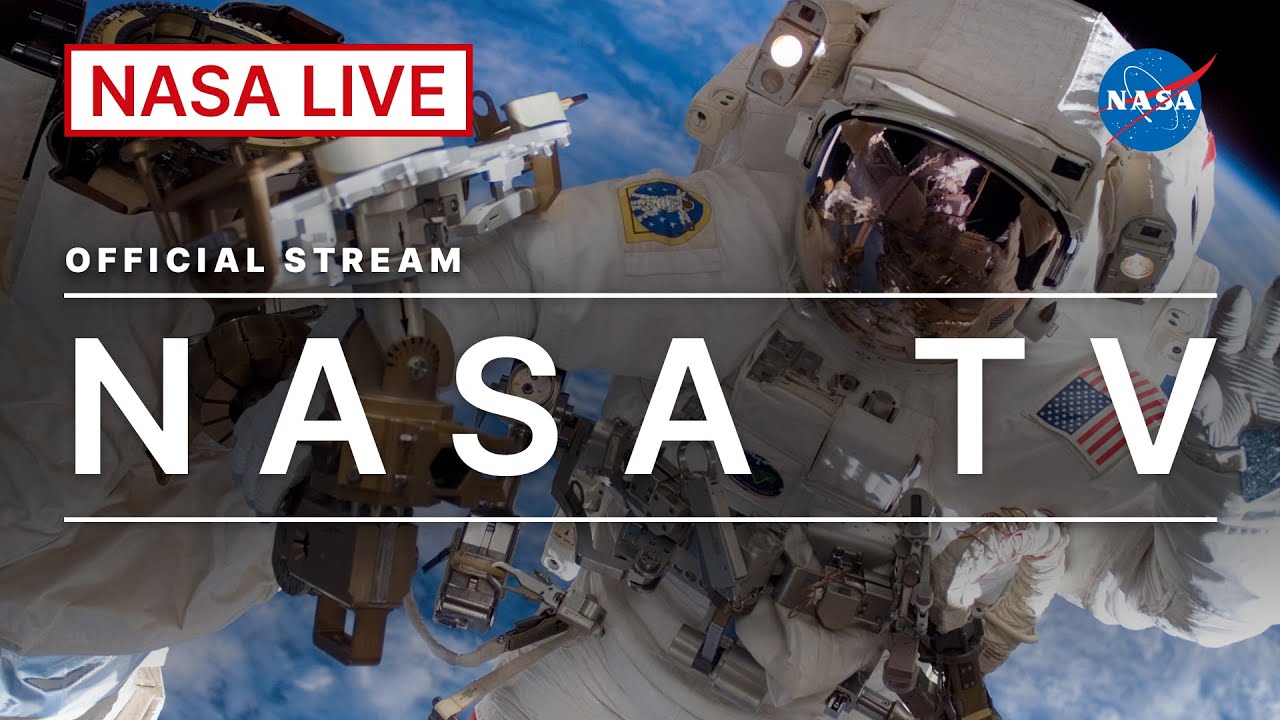The space environment is harsh and full of extreme radiation. Scientists designing spacecraft and satellites need materials that can withstand these conditions. In a paper published in January 2024, my team of materials researchers demonstrated that a next-generation semiconductor material called metal-halide perovskite can actually recover and heal itself from radiation damage. Metal-halide perovskites are a class of materials discovered in 1839 that are found abundantly in Earth’s crust. They absorb sunlight and efficiently convert it into electricity, making them a potentially good fit for space-based solar panels that can…
Read MoreMonth: July 2024
Astrophotographer captures stunningly detailed photos of our ‘fuzzy’ sun
These incredibly detailed images of the sun were captured by astrophotographer Mark Johnston from his backyard in Scottsdale, Arizona. As we approach solar maximum, the peak of solar activity during the sun‘s approximately 11-year solar cycle, the sun has been anything but quiet. Spawning huge sunspots, unleashing powerful solar flares and coronal mass ejections (CMEs) and triggering impressive widespread aurora displays, the sun has certainly been keeping us on our toes. It’s no wonder astrophotographers like Johnston are turning their attention to our home star, because you never quite know…
Read MoreJumping on an asteroid: How VR is being used to visit worlds we can never reach
I’m standing so close to JAXA’s Hayabusa2 asteroid lander that I could reach out and touch it. Instead, I jump on top of it. Then I strike a pose. When I leap off, I float for a moment in the low gravity before touching down gently on the surface of Ryugu, a craggy, gray world devoid of life and color. The “I” in this situation is my avatar, a digital approximation of myself that has a more consistent beard length and isn’t constantly rubbing sleep from its eyes. The Hayabusa2…
Read MoreSols 4236-4238: One More Time… for Contact Science at Mammoth Lakes
Curiosity Navigation Curiosity Mission Overview Where is Curiosity? Mission Updates Science Overview Instruments Highlights Exploration Goals News and Features Multimedia Curiosity Raw Images Mars Resources Mars Missions Mars Sample Return Mars Perseverance Rover Mars Curiosity Rover MAVEN Mars Reconnaissance Orbiter Mars Odyssey More Mars Missions All Planets Mercury Venus Earth Mars Jupiter Saturn Uranus Neptune Pluto & Dwarf Planets 2 min read Sols 4236-4238: One More Time… for Contact Science at Mammoth Lakes NASA’s Mars rover Curiosity acquired this image using its Mars Hand Lens Imager (MAHLI), located on the…
Read MoreSpaceX’s Starship to fly again ‘in 4 weeks,’ Elon Musk says
We won’t have to wait much longer to see the most powerful rocket ever built take to the skies again, if all goes according to plan. That rocket, SpaceX’s 400-foot-tall (122 meters) Starship, has flown four test flights to date. And number five should be just around the corner, according to SpaceX founder and CEO Elon Musk. “Flight 5 in 4 weeks,” Musk said Friday (July 5) via X, the social media platform he owns. Starship consists of two elements: a first-stage booster known as Super Heavy and a 165-foot-tall…
Read MoreThis Week In Space podcast: Episode 118 —Understanding the Darkness
Understanding the Darkness – Dark Matter and Dark Energy – YouTube Watch On On Episode 118 of This Week In Space, Rod Pyle and guest co-host Isaac Arthur talk with Alina Kiessling and Jason Rhodes, both research scientists at NASA’s Jet Propulsion Laboratory, about the concepts of dark matter and dark energy and their broader implications for cosmology, exoplanet research, and more. For many of us, dark matter and dark energy are two of the least understood areas of cosmology and astrophysics. Both Kiessling and Rhodes are working on major…
Read MoreWatch NASA’s 1st year-long mock Mars mission wrap up today
NASA Live: Official Stream of NASA TV – YouTube Watch On NASA’s first year-long mock Mars mission will come to an end today (July 6), and you can watch the action live. That mission, the first in the CHAPEA (“Crew Health and Performance Exploration Analog”) series, began on June 25, 2003, when four volunteers were sealed inside a simulated Mars habitat at NASA’s Johnson Space Center (JSC) in Houston. The quartet will exit the habitat today, after a staggering 378 days. You can watch their return to regular Earth life…
Read MoreThe NASA Breath Diagnostics Challenge
The NASA Breath Diagnostics challenge tasks solvers to leverage their expertise to develop a classification model that can accurately discriminate between the breath of COVID-positive and COVID-negative individuals, using existing data. The ultimate goal is to improve the accuracy of the NASA E-Nose device as a potential clinical tool that would provide diagnostic results based on the molecular composition of human breath. Award: $55,000 in total prizes Open Date: July 5, 2024 Close Date: September 6, 2024 For more information, visit: https://bitgrit.net/competition/22
Read MoreWatch the 1st teaser trailer for new horror game ‘A Quiet Place: The Road Ahead’
A Quiet Place: The Road Ahead – Reveal Trailer – YouTube Watch On Trying to remain silent in the cacophony of New York City, whose background noise averages over 90 decibels (the measure of a constant human scream), would be a nearly insurmountable obstacle to overcome, especially when trying to flee from extraterrestrials tuned in to the drop of a pin. This whispering dilemma witnessed in Paramount Pictures’ newly released prequel, “A Quiet Place: Day One,” carries over into Saber Interactive’s upcoming video game inspired by the smash sci-fi horror…
Read MoreNew moon of July 2024: Dark skies tonight as Earth is farthest from the sun today
The new moon of July 2024 occurs today as Earth reaches its farthest point from the sun, known as aphelion. The new moon arrives on July 5 at 6:57 p.m. Eastern Time (2257 UTC), according to the U.S. Naval Observatory, and two days later the young moon will make a close pass to Mercury in the evening sky. Earth reached aphelion today, meaning our was farther away from the sun than at any other period in its yearly orbit. Earth’s orbit around the sun is slightly elliptical, or oval-shaped, meaning…
Read More